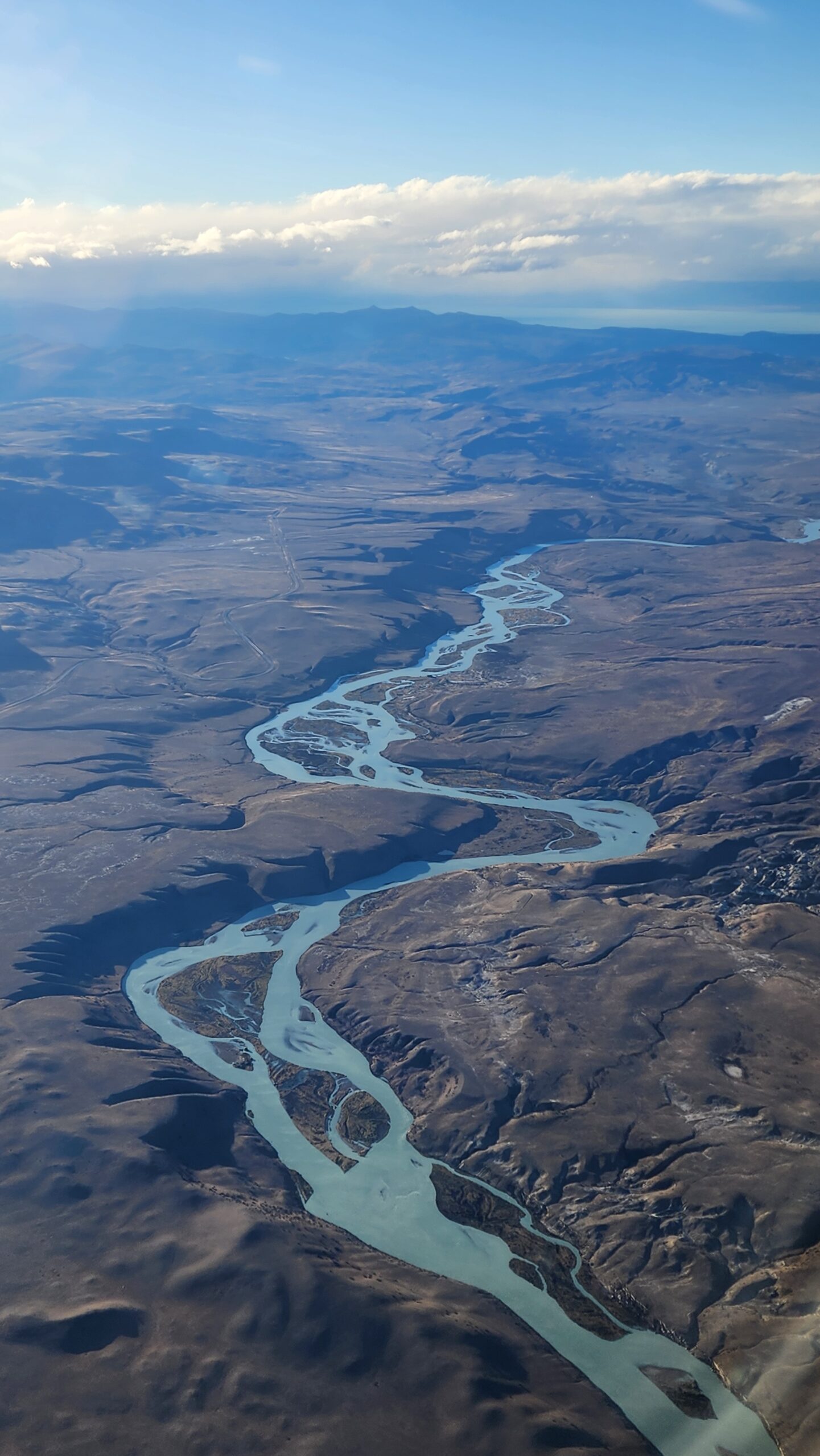We’ve now been traveling for over a year: four different countries (and counting), more than 15 major cities, and countless towns and villages. It’s been a wild ride, and people have questions. Here are some of the answers.
What are the hardest things to get used to?
The metric system! We talk about Denver being the Mile High City and climbing 13-ers, and a lot of people outside of the U.S. don’t always understand the reference. And cooking in Celsius is just weird.
What has surprised you the most about Europe?
The number of people who speak English. We thought we would learn a lot more Portuguese – we barely learned any, because so many people speak English fluently. With all the different languages spoken in the EU, English has become the standard for communication.
Living space: how are things different?
Living spaces are much smaller – and measured in square meters. Our current apartment (flat) in Bergen is about 75m2 with two bedrooms and a large open living area. For the Americans, that’s only about 810 square feet and it’s considered a moderate-sized apartment. The refrigerators and washers are smaller, and there are typically no clothes dryers. The washing machine is usually in the bathroom or the kitchen, and you hang your clothes to dry.
The beds are different, some are a little uncomfortable. Lots of Ikea furniture. Everywhere.
What did you pack?
To put it simply: too much. We’ve sent a few boxes home with things we aren’t using (and not just because our suitcases were too heavy when we flew to Ponta Delgada). Most of the belongings that we didn’t sell are in storage. What we have with us is the basics, but for all seasons: hiking boots, jackets and scarves, along with sandals, swimsuits and t-shirts. We each have a large suitcase, a carry-on and a work bag, along with a shared duffel. Five pieces of luggage a one work bag each to travel the world.
People also ask about things we wished we had packed; so far, we haven’t come across anything that we miss. We also don’t buy much along the way that isn’t consumable.
What does your schedule look like?
While we don’t work full-time, we do work 8+ hour days, Monday through Thursday, with Fridays and the weekends off for adventure. We work based on Denver time, so our schedule changes depending on where we are – our current work hours are 4:00 p.m. to 12:30 a.m., and will stay the same while we are in the Central European Summer time zone.
What do you do for transportation?
Public transit is the way to go (literally). Our first order of business when we arrive in a new city is to buy a transit pass. Most subway/metro, tram and bus systems in European cities are very easy to manage. We also use taxis and Uber when available.
Oh, and walking. So. Much. Walking.
What are grocery stores/markets like? What is the cost of food?
Markets are a lot like those in the states, but most are on a smaller scale. And they don’t necessarily come packed with every single thing you need, like a Target or Walmart. There are also malls, electronic stores, etc. Because the living spaces are smaller, it’s also common to shop every day or every other day, versus stockpiling once a week. And with neighborhood markets all over the place, it’s typically a quick walk.
The cost of food really depends on the country you’re in. In Portugal and Spain, food and beverages were fairly inexpensive – we could get a nice bottle of wine for less than $5 and a nice dinner for less than $50. In Norway, food and alcohol is very expensive, and while you can purchase beer at the grocery, anything with an alcohol content over 4.75% is sold at the Vinmonopolet, a government-owned retailer. (Pro tip: buy your alcohol at the airport on the way into the country.)
How do the kids feel about what you’re doing?
We get this one all the time. Our kids think what we’re doing is pretty great, and we talk, text and video chat on a regular basis. They have their lives and their careers, so they’re too busy to sit around missing their parents. They came to visit us last year in Lisbon, and we will see them this year for Christmas. It’s a lot like when we still lived in Denver, but a longer commute to see them in person.
How do you start planning? What does planning look like now versus when you first started?
Right now, our planning process is about 5-6 months out – all of our accommodations and most major travel is booked. We don’t want to be stuck somewhere in the cold, so our decision-making has been based on chasing the sun; we started in Portugal and gradually worked our way north to Lofoten for vacation, and will be making our way back south as the year progresses, staying in each location for four-week blocks. We will be back in the states for Christmas, so between now and then, we will make or way to Valencia, Spain (our cheapest option to fly home). Once back in the EU in January, we will continue traveling in and near Europe.
A good planning method for us has been to pick the location we want to be in 4-6 months, and then select cities along the way to live in. Our planning process is still a work in progress: who knows if we’ll figure things out or not before we stop traveling.
Do you plan to move back to the U.S.?
Short answer? We have no idea. We are completely open to the possibility that we still haven’t found the place we want to move to permanently. For now, we are simply enjoying the adventure.
So that’s it for now – hope it was worth the read. And now, it’s time for work…



Great article! I really appreciate the clear and detailed insights you’ve provided on this topic. It’s always refreshing to read content that breaks things down so well, making it easy for readers to grasp even complex ideas. I also found the practical tips you’ve shared to be very helpful. Looking forward to more informative posts like this! Keep up the good work!